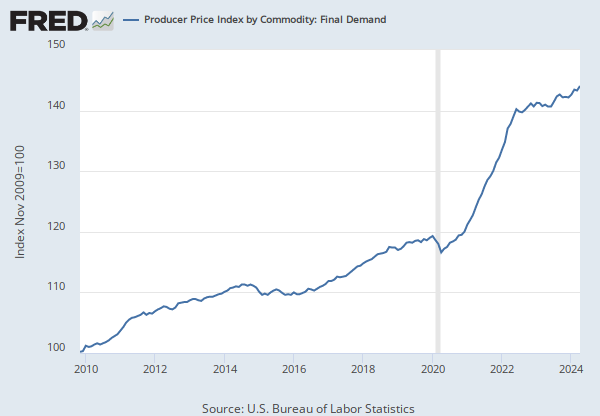Source:
Federal Deposit Insurance Corporation
Release:
National Rates and Rate Caps - Monthly Update
Units:
Percent, Not Seasonally Adjusted
Frequency:
Weekly, As of Monday
Notes:
The national rate is calculated by the FDIC as a simple average of rates paid (uses annual percentage yield) by all insured depository institutions and branches for which data are available. Data used to calculate the national rates are gathered by RateWatch.
Savings and interest checking account rates are based on the $2,500 product tier while money market and certificate of deposit are based on the $10,000 and $100,000 product tiers for non-jumbo and jumbo accounts, respectively. Account types and maturities are those most commonly offered by the banks and branches for which data is available- no fewer than 49,000 locations and as many as 81,000 locations reported. The deposit rates of credit unions are not included in the calculation.(http://www.fdic.gov/regulations/resources/rates/)
For more information, see the FDIC's Financial Institution Letter FIL-25-2009 issued on May 29, 2009 at http://www.fdic.gov/news/news/financial/2009/fil09025.html.
Suggested Citation:
Federal Deposit Insurance Corporation,
National Rate on Non-Jumbo Deposits (less than $100,000): Savings (DISCONTINUED) [SAVNRNJ],
retrieved from FRED,
Federal Reserve Bank of St. Louis;
https://fred.stlouisfed.org/series/SAVNRNJ,
.










